I grew up 30 minutes from Sonoma Raceway and every Wednesday night for $15 you could drag race down the quarter mile. E.T. bracket racing was a lot of fun and kept me off the streets foolishly goofing around with my car buddies. At only 16 years old, I didn’t know much about engineering or mechanical systems, but I did know this: if you wanted to go faster down the drag strip you needed a 4.11 gear ratio. I didn’t really know what 4.11 meant, but I knew I needed to score one and install it in the rear end of my El Camino. Yes, I drove an El Camino at 16. Don’t judge.
Obviously, for a rear-wheel drive Chevrolet, 4.11:1 gears were referring to the final drive ratio. 4.11:1 was a great gear for ripping off quick quarter mile times, but a horrible gear for fuel economy. I learned quickly as a teenager that gear ratios had a certain balance, good and bad. For road racing, gear ratios are just as important as they are in drag racing.
The only difference is that the calculation for the correct gear is much more complex because the racetrack isn’t just a flat 1,320-foot straight line.
Back in high school, I was short on money, but had lots of time, so I spent my days in wrecking yards trying to find a replacement rear end for my El Camino with that elusive 4.11:1 posi-traction in it. What I found is it’s hard to really know what gear ratios are inside differentials unless you take off the cover, start counting teeth and do some arithmetic. Years later, while road racing with NASA, I ran into the same issues. I have front-wheel-drive transmissions in the shop that I don’t really know what exactly their final-drive ratios are. I got tired of guessing and decided to figure it out. How hard could it really be? Gear ratios are just that: ratios, something over something else. My cellphone has a calculator in it. I don’t even have to be a smart person.
I got tired of guessing and decided to figure it out. How hard could it really be? Gear ratios are just that: ratios, something over something else. My cellphone has a calculator in it. I don’t even have to be a smart person.
There is nothing mathematically complex about calculating a gear ratio, the hard part is determining the different variables. What is the final drive? What is the gear ratio for first gear? How tall is diameter of the tire? Some of this information can be sourced through the Internet, car forums, manufacturer specifications etc., while other parts of the equation can be calculated, like tire diameter.
There are different tire calculators found on the Internet that will give you specifications. I decided to use the formula above and just create an Excel spreadsheet with the math inside. I could enter any tire size I wanted and determine what the diameter would be. Once I had that figured out, the next step was to see what resultant final gear ratio changes would come from changing tire size or tire aspect ratio. I created the spreadsheet below to help me see what changes would come from tire size adjustments.
I could enter any tire size I wanted and determine what the diameter would be. Once I had that figured out, the next step was to see what resultant final gear ratio changes would come from changing tire size or tire aspect ratio. I created the spreadsheet below to help me see what changes would come from tire size adjustments.
Playing with the different formulas in the spreadsheet I started to really nerd out with the math and began creating a spreadsheet that would examine each gear, final drives, RPM, miles per hour, tire size changes, etc. Using the formula for gear calculation along with the formula for tire diameter, I created the spreadsheet below for our Honda Challenge 4 car.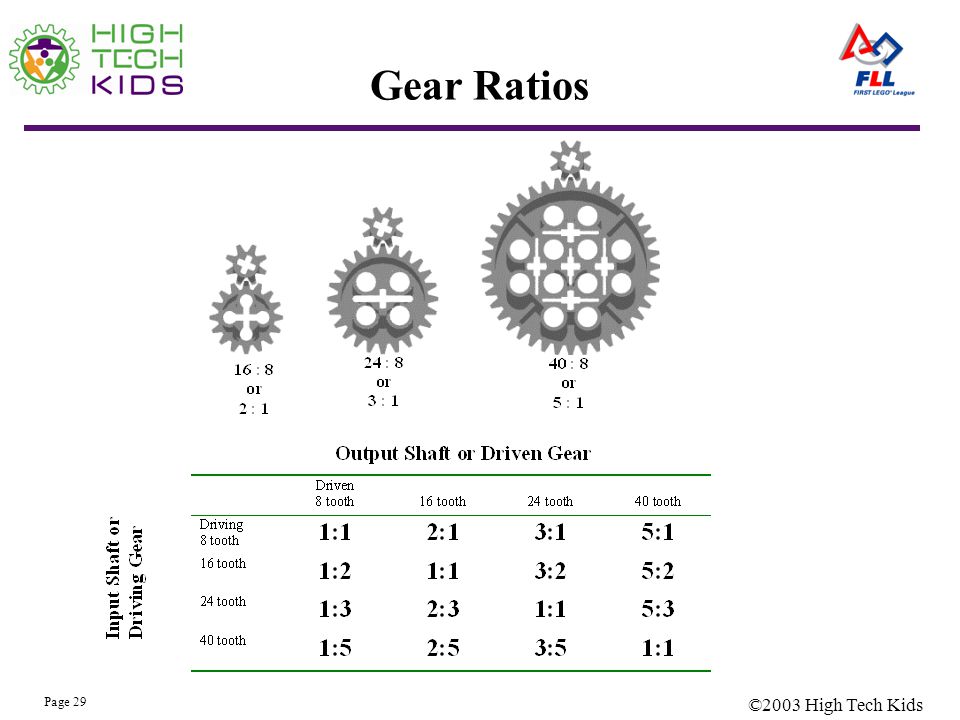
The yellow fields are cells where I input data from the car (tire size, final drive ratio, gear ratios 1-5) and the rest is created mathematically in the spreadsheet. The gear ratios for gears 1 through 5 were determined based on Honda specifications for a stock 92-93 Acura Integra YS1 transmission. The final drive ratio was installed in the car by Synchrotech Transmissions.
This information was based on what “should” be in the car. But, I really didn’t know if that was true or not unless I verified it. Near the right side of the spreadsheet in green is the calculated resultant gear ratio based on gear ratio multiplied times the final drive. Essentially, what it equals in first gear is 15.21 revolutions of the engine for one revolution of the front tire. For fifth gear it equals 3. 49 revolutions of the engine for one revolution of the front tire.
49 revolutions of the engine for one revolution of the front tire.
The next thing to do was to verify if the actual number of rotations on the engine matched the calculated number of rotations of the front tire for each of the five gears from the spreadsheet. I put a piece of tape on the tire and fender to mark wheel rotation and I put a piece of tape on a socket and began to rotate the engine.
To verify the number of rotations of the engine I put a piece of painters tape on the socket attached to the crankshaft.After things were marked with tape it was time to start turning the crank and counting revolutions. This was a boring process that required concentration remembering how many times I had turned the engine over. Essentially, I needed everyone else in the shop to shut up for five minutes. This is a difficult request at the Double Nickel Nine Motorsports shop.
After lots of turning and counting, I found that the final drive I thought I had in the car, wasn’t the final drive that was actually in the car. I went back to the spreadsheet and tried a few different final drive options that were available on the market. I suspected there was a 4.92:1 final drive in the car as opposed to the 4.71:1 I thought I had. Using the new data from the spreadsheet I started the process over, lots of turning and counting, and I determined my suspicions were correct. The wrong final drive was installed.
I was able to simply add the 4.92:1 final drive in the yellow field of my spreadsheet and it calculated exactly how many rotations of the engine would be required for one rotation of the front tire. Then I could compare the result of the two different final drives side by side.With just a couple pieces of painters tape, a socket, and a spreadsheet, I was able to accurately determine exactly what final drive was in my car.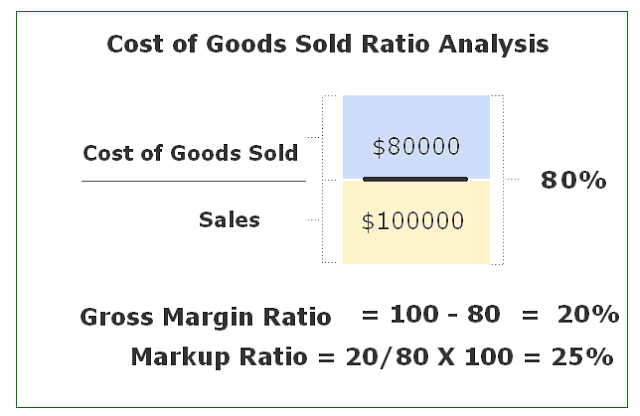 The spreadsheet also offered me the opportunity to compare and contrast different final drive ratios, different tire sizes and the resultant miles per hour and RPM associated with each gear. If you think you know what is in your car, you may want to take a moment to turn the engine and count wheel rotations and be sure your gear ratios are optimal and legal for your class. Happy turning!
The spreadsheet also offered me the opportunity to compare and contrast different final drive ratios, different tire sizes and the resultant miles per hour and RPM associated with each gear. If you think you know what is in your car, you may want to take a moment to turn the engine and count wheel rotations and be sure your gear ratios are optimal and legal for your class. Happy turning!
GEAR CALCULATOR
Rob Krider is a NASA National Champion and author of the novel “Cadet Blues.” To read more, or to contact him, go to www.robkrider.com.
Image courtesy of Rob Krider
Enter your original tire size and gear ratio into the form below along with your new tire size to find your recommended ring and pinion gear ratio.
Your axle gear ratio determines how many times your driveshaft needs to rotate in order to complete one full tire rotation (a 3.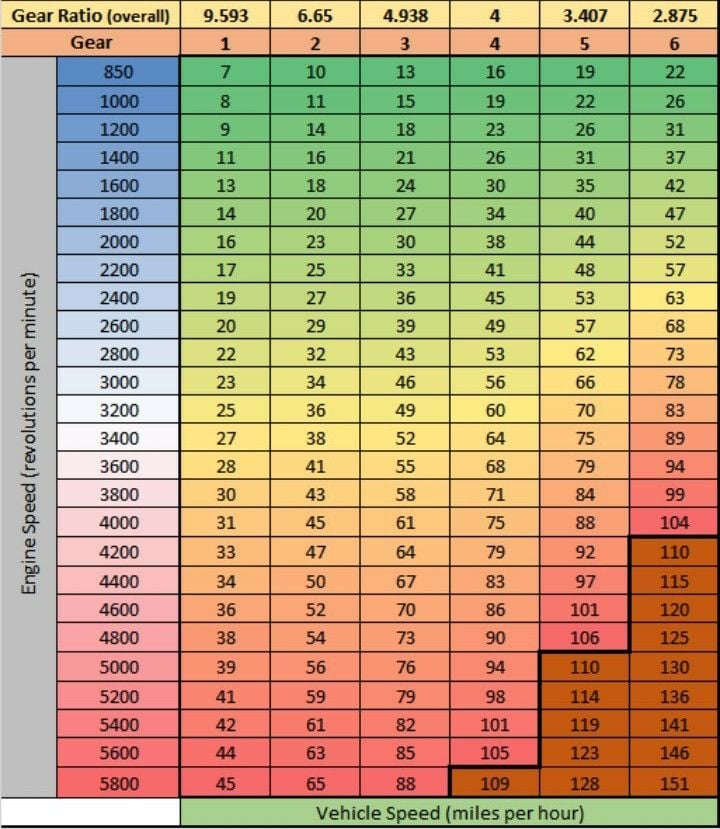 73 gear ratio requires 3.73 driveshaft rotations to turn your tires 360 degrees). Gear ratios have an effect on power, fuel efficiency, engine RPMs, and speedometer readings, so when you change tires sizes, up or down, keep in mind that these things will be impacted. While a small change in tire size may have almost no effect on your vehicle, installing 37" tires on a truck that originally came with 31" tires will result in a feeling of less power, lower operating RPMs, and a speedometer that is off by a few percent. Changing to a numerically higher gear ratio, as calculated below, will correct these problems.
73 gear ratio requires 3.73 driveshaft rotations to turn your tires 360 degrees). Gear ratios have an effect on power, fuel efficiency, engine RPMs, and speedometer readings, so when you change tires sizes, up or down, keep in mind that these things will be impacted. While a small change in tire size may have almost no effect on your vehicle, installing 37" tires on a truck that originally came with 31" tires will result in a feeling of less power, lower operating RPMs, and a speedometer that is off by a few percent. Changing to a numerically higher gear ratio, as calculated below, will correct these problems.
| For a complete list of gears available for your vehicle, visit the Filthy Motorsports Drivetrain Shop. |
Another helpful tool for deciding on a new gear ratio is this gear ratio effective difference chart. Start by finding your current gear ratio along the top row and then work your way down the column to find the effective difference of other gear ratios.
A 5% difference signifies a very small change and it is generally not worth the cost and effort to change gear ratios for such a minor difference.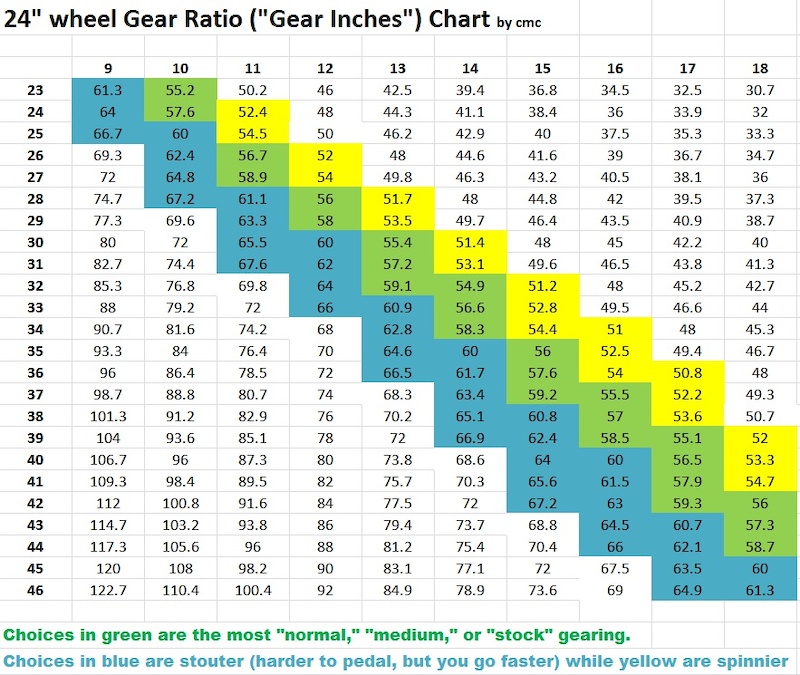 A 10% to 15% change will be noticeable and a 20% to 30% change will be significant. A negative percentage indicates a reduction in engine RPM as a result of the gear ratio change and a positive percentage will cause an increase in engine RPM.
A 10% to 15% change will be noticeable and a 20% to 30% change will be significant. A negative percentage indicates a reduction in engine RPM as a result of the gear ratio change and a positive percentage will cause an increase in engine RPM.
To use this chart properly, drive the vehicle for a few weeks under all normal conditions and keep a journal of the current and desired RPM at all speeds. Then, calculate the differences across the range and determine what percentage change is needed. Keep in mind that the percentage will likely be different between low and high speeds so you will need to decide where that change is needed most or if a balance between the two is better.
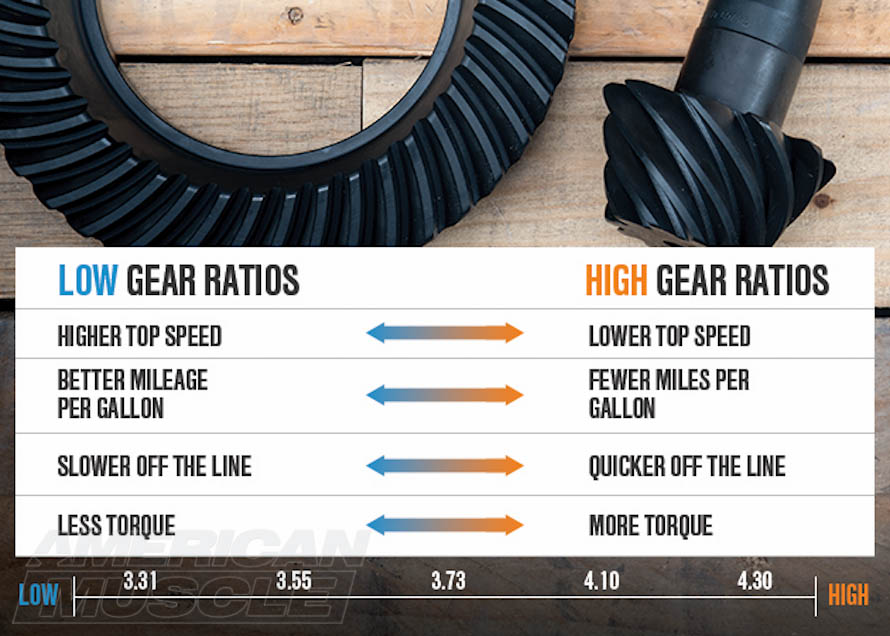
This gear ratio calculator is ©Copyright Crawlpedia.com - Please provide a link back to this page when copying.
Data is accurate to the best of our knowledge and is offered as-is with no guarantee.
Differential Locker Comparison - A detailed comparison of popular differentials and lockers.
Ring and Pinion Setup Specs - Ring and pinion gear setup specifications for popular axles.
Ring and Pinion Gear Tooth Patterns - Gear tooth pattern setup and adjustement instructions.
Gear Ratio Calculator - Calculate the gear ratio of gears based on their tooth count.
Ring and Pinion Ratio Variations - An explanation of why some ring and pinion gear ratios vary.
Thick Gears and Carrier Breaks - Thick ring and pinion gears and differential carrier breaks explained.
High performance off-road racing parts and professional shock tuning. Learn more at FilthyMotorsports.com
Professional shock tuning and rebuilding services for King and ADS shocks. Learn more at ShockService.com
Cryogenic treatment improves strength and longevity of gears, axle, and brakes. Learn more at PolarCryogenics.com
Race-spec ring and pinion gears for desert racing, rock bouncing, and rock crawling. Learn more at RaceGears.com
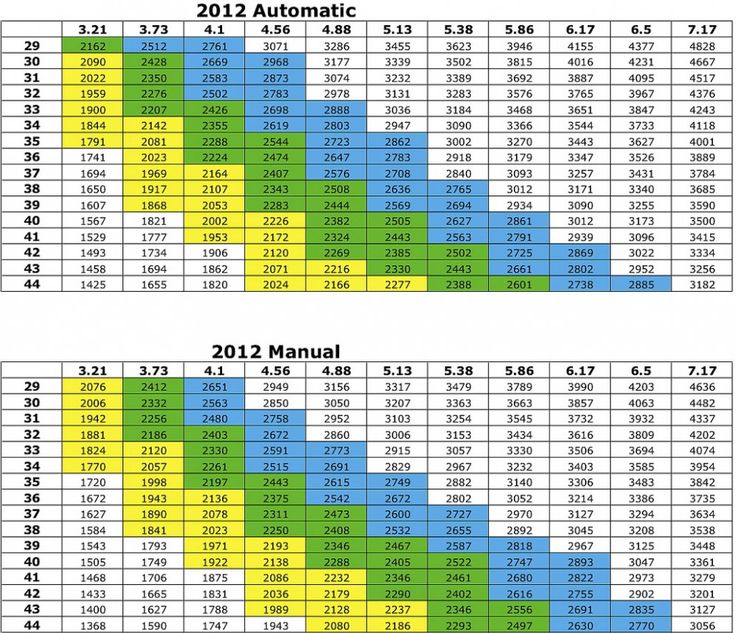 su
su Question about the main pairs, which one is better for your car, which pair is needed for a certain wheel size.
Before we start with gear ratios in your axles, some basic theory about GPUs. The GP consists of two gears that look like a carrot - the leading one, it turns the cardan, the one that looks like a ring with teeth - the driven one, it later turns the axle shafts by means of the differential.
The GP has a gear ratio - the number of teeth on the drive gear corresponds to the number of teeth on the driven gear. The number of driven teeth is divided by the number of driven teeth and you get your gear ratio for that specific GPU.
For example - 10 teeth on the drive, 41 on the driven. and we get 3.73 sometimes up to tenths.
For jeepers, the main problem is that most cars from the factory come with wheels from a baby carriage in place of the correct large off-road wheels providing sufficient clearance and maneuverability. What they do is they lift, stuff the right size, everything is super, but in this way the factory proportion of a balanced car changes.
What they do is they lift, stuff the right size, everything is super, but in this way the factory proportion of a balanced car changes.
So why underestimate? Description of the problem - when installing wheels with an increased diameter, the force that must be transferred to the wheel to rotate it increases, and the load on the engine increases accordingly.
This results in the following problems:
- there is not enough power to move uphill - you have to spin the engine more strongly;
- there is not enough power to overtake - the speed picks up more slowly;
— not enough power on the bottoms — hard to move uphill or in the mud;
— the consumption of gasoline increases — due to the lack of power, you have to put more pressure on the gas;
- Internal combustion engines and automatic transmissions can heat up faster due to increased loads;
- Automatic transmission starts to switch differently - driving comfort decreases;
— lying speedometer and odometer;
And here the GP comes to the rescue, or rather its replacement with a more correct one with other lanes.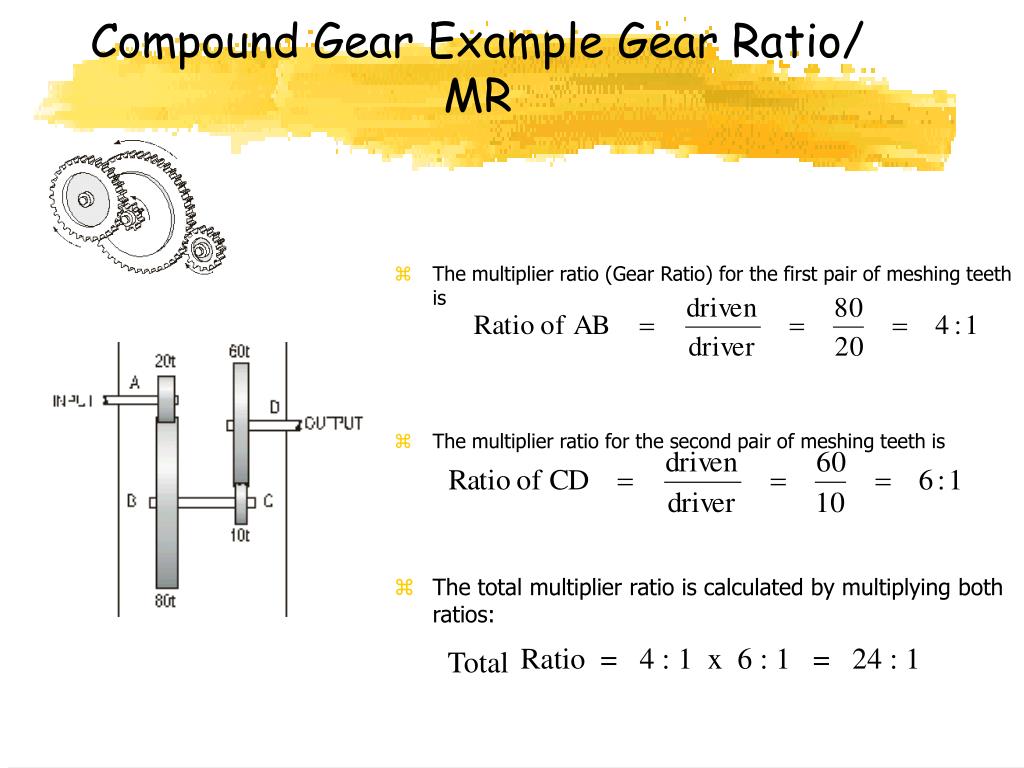 numbers to bring everything back to normal.
numbers to bring everything back to normal.
It's time to derive a formula by which we can calculate which GPU we need to replace the stock one, based on the size of the tires that we plan to ride. We need to take the new tire size in inches, multiply it by the stock GPU gear ratio, and divide the resulting number by the stock tire size in inches. Therefore, it is imperative to calculate your stock GPU, and determine the exact size of the new tires.
So when installing 35 wheels on a car, where the standard wheels from the factory are 31 "and the standard gear ratio is 4.1, it will be calculated using the formula as 4.63 = 4.1 * 35/31, respectively, you need to select the main pairs with the gear ratio as close as possible to this value. 4.56 in the front and 4.67 in the back, in this situation, wait for trouble.0004
Author: Alexey Kokorin
We have already talked about how to choose the right wheels and tires for your car. At the same time, many, in pursuit of their own goals, choose wheels as larger, but normal daily operation dictates its own conditions: they should be kept in factory settings. Why not install wheels larger than factory ones?
What does "more factory" mean?
First, let's define what the phrase "more factory" means. The fact is that for almost all cars, manufacturers offer several options for the dimensions of rims and tires: each of these options is approved by the manufacturer, as it has been tested and means not only the physical ability to install the wheels on the car, but also the optimal operating parameters.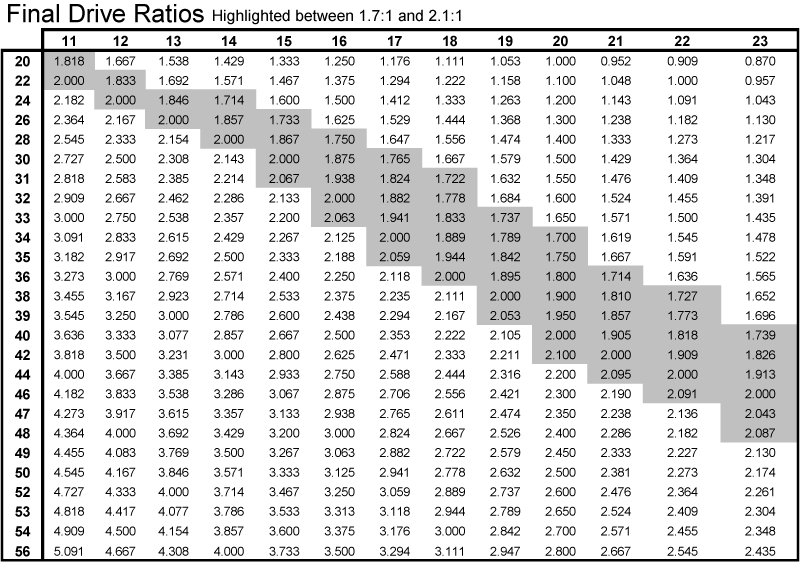 Thus, if you bought a car with 15-inch wheels, but the manufacturer offers 17-inch wheels in a different configuration, you can install these on your car yourself without fear of negative consequences. However, before installation, you should definitely check the allowable wheel sizes for your car in the owner's manual to make sure that it is technically feasible and to choose the right wheel and tire size.
Thus, if you bought a car with 15-inch wheels, but the manufacturer offers 17-inch wheels in a different configuration, you can install these on your car yourself without fear of negative consequences. However, before installation, you should definitely check the allowable wheel sizes for your car in the owner's manual to make sure that it is technically feasible and to choose the right wheel and tire size.
When we say “larger than factory”, we primarily mean wheels that are larger than the manufacturer's recommended dimensions. It is these "experiments" that affect performance. However, even if you act within the limits of what is permitted by the manufacturer, you cannot deceive physics, and installing 17-inch wheels instead of 15-inch ones, of course, will not go unnoticed either - much of what will be listed below will be true in this case.
Let's also define a wheel as a ready-to-install assembly consisting of a tire and a rim. And "increase" in this sense is a multi-valued concept: after all, an increase in the diameter of the disk does not necessarily mean an increase in the diameter of the wheel. Let's figure it out in order.
Let's figure it out in order.
Why is it harmful to install large disks?
First of all, discs with larger diameters tend to carry more weight – and therefore the unsprung weight increases . A heavier wheel is more difficult for the engine to spin - that is, fuel consumption will become higher, and dynamics will be worse. In addition, an increase in unsprung mass also affects the suspension resource - it is designed for a certain load, limited by standard wheels.
An increase in the diameter of the disc is usually accompanied by an increase in its width, as well as a change in offset (the depth of the disc in the wheel arch). This changes the parameters of the wheel bearings, increasing the load on them, and significantly reduces their life. Depending on the degree of deviation of the parameters from the standard bearings, the bearings can last 20-30% less, or they can “crumble” literally every few thousand kilometers.
Now let's move on from wheels to tires - after all, increasing the diameter of the disk changes the parameters of the tires installed.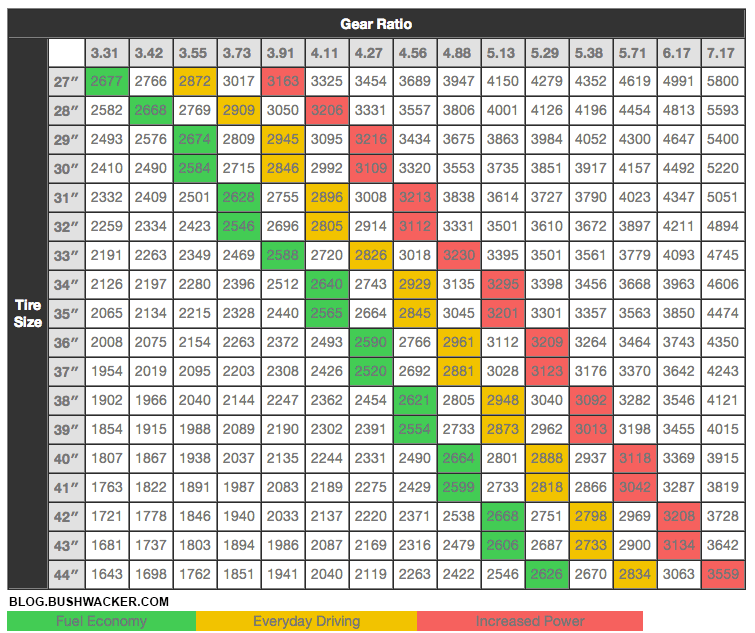
Why is it harmful to install large tires?
The weight-for-size rule also applies to tyres: as a general rule, larger-diameter tires have more weight added to the wheel assembly and total unsprung weight.
The second drawback is related to the fact that in the vast majority of cases, the increase in the diameter of the disk occurs due to the reduction of the tire profile: that is, in order for new large disks to fit into the arch, they need to be put on lower profile rubber. Well, a decrease in the profile is a deterioration in the smoothness of the ride and the overall comfort of the car. In addition, a thinner tire absorbs shock loads worse and transfers them further - to the disk and suspension. Thus, driving on low-profile tires on imperfect roads means a reduction in the life of the suspension and disks and a corresponding increase in operating costs, including for tires, the risk of damage to which increases with a decrease in profile.
Yes, another indirect, but still, disadvantage is the financial side of the issue.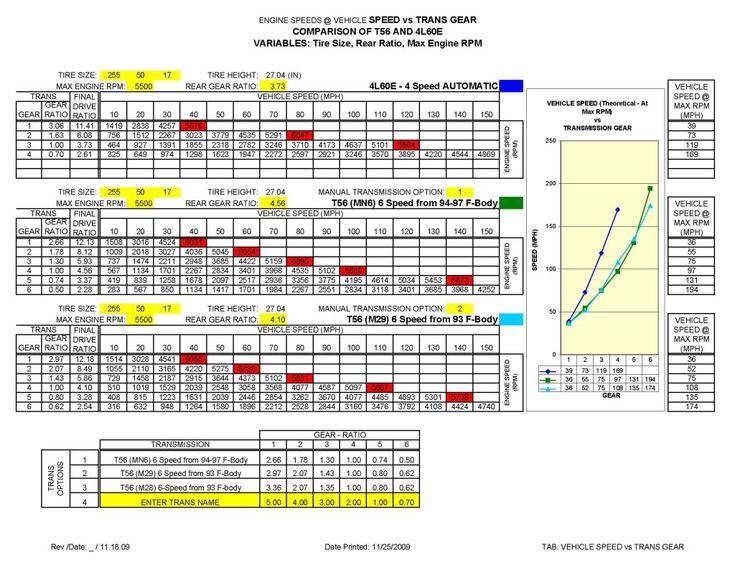 More money will have to be paid not only for new wheels, but also for rubber for them, and for tire fitting, and for the potential repair of a low-profile tire.
More money will have to be paid not only for new wheels, but also for rubber for them, and for tire fitting, and for the potential repair of a low-profile tire.
Well, among the unpleasant consequences, one can mention a change in the accuracy of the speedometer readings: initially, speedometers are usually set to slightly overestimate the readings relative to the actual speed, and with a gradual increase in the diameter of the wheel, it will first become more accurate, and then will "lie" more and more. In addition, with increasing tire width, its tendency to hydroplaning .
Are there any advantages to fitting larger wheels?
Of course, increasing the diameter of the wheel does not mean continuous disadvantages, it also has positive aspects. For example, larger wheels mean more ground clearance, as well as an increase in top speed, as a larger wheel travels more distance in one revolution. Increasing the width of the rubber means an increase in the contact patch with the road and, accordingly, grip with it - this improves the car's handling and cornering speed.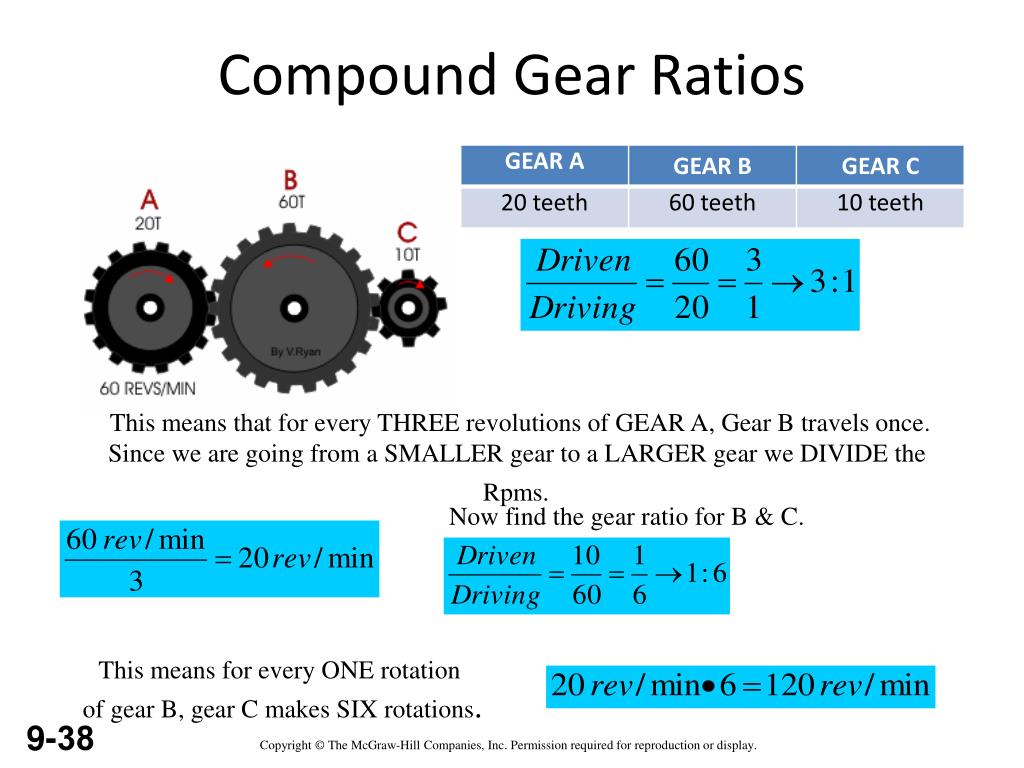
According to the letter of the law
One of the main disadvantages of non-standard large wheels is that they are simply prohibited by law. The technical regulations of the Customs Union in terms of tires and disks allowed for installation are simple and adamant: only those that “comply with the recommendations of the operational documentation of vehicle manufacturers” are allowed.
In addition, it should be remembered that the same technical regulations prohibit the so-called "welding" - disks of increased width, welded from several "stampings". Firstly, they are tritely unsafe, since they have a non-factory design, and secondly, the technical regulations do not allow "the presence of cracks on the discs and wheel rims, traces of their elimination by welding."
tires and wheels popular questions
Articles / Popular questions How to park on a slope and why it's important We have already talked about parking more than once: about where you can and cannot park, what will happen if you stand in a place for the disabled, and what to do if a car parked on the sidewalk interferes with you. Now... 103 0 0 04/24/2023
Now... 103 0 0 04/24/2023
Articles / New cars Aspirated and two displays: first acquaintance with BAIC U5 Plus Nature, as you know, does not like emptiness. The same can be said about the market, and as soon as Western car companies began to leave Russia one by one, automakers from the... 1232 2 3 04/23/2023
Articles / History Sixteen cylinders for BMW: why the BMW V16 Goldfisch engine never became serial The confrontation between the two leading German auto giants BMW and Mercedes began back in the mid-seventies, when the first BMW "seven" appeared, which became a competitor to the first S-class with the W index .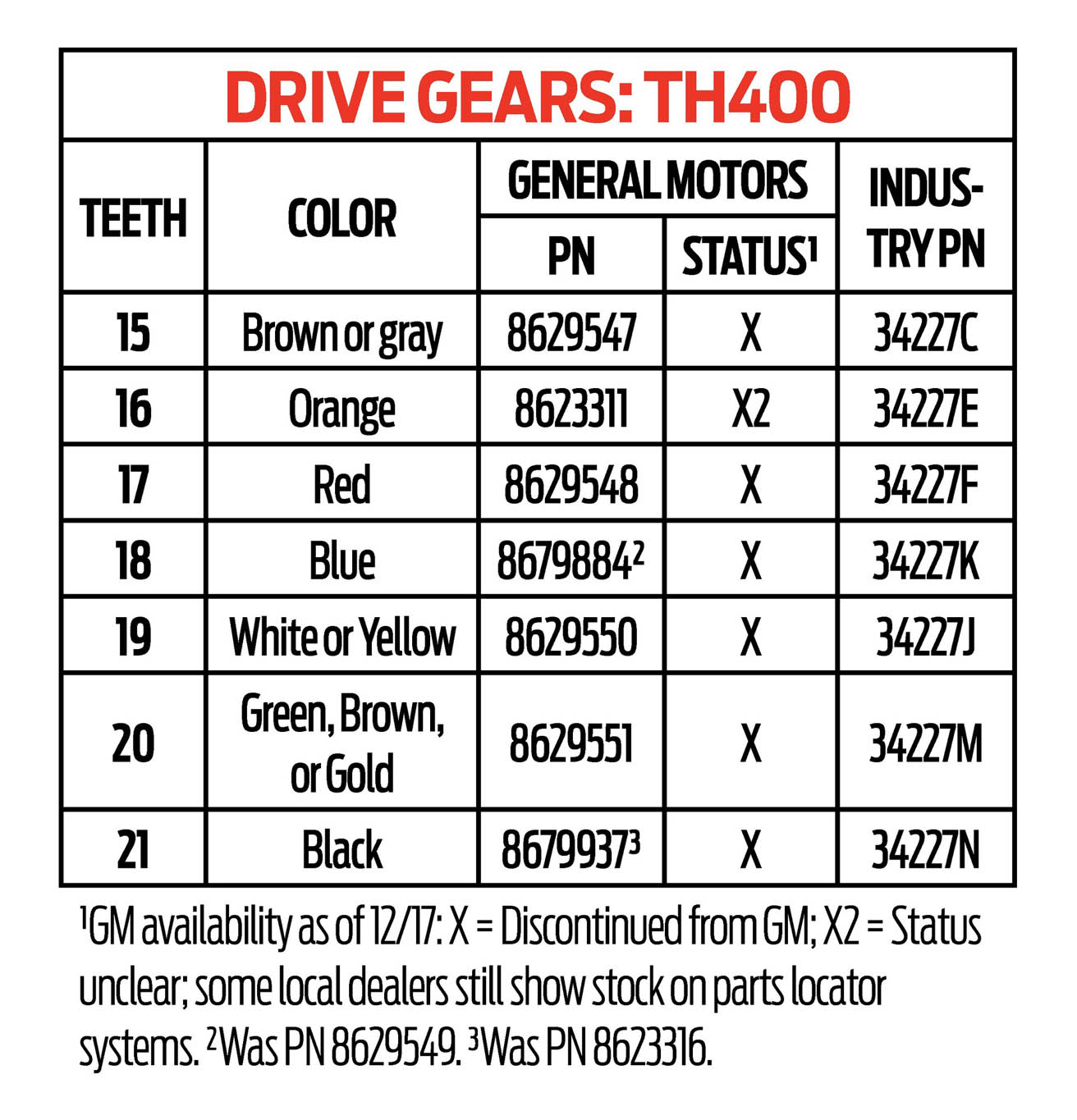 .. 1222 0 2 04/22/2023
.. 1222 0 2 04/22/2023
Test drives / Test drive 30 years of slavery: test drive GAZ-53 It would be more accurate to write “test drive GAZ-SAZ-3507 on the GAZ-53-14 chassis”, but this is too complicated. But just GAZ-53 will be recognized by everyone who managed to drink a glass of soda for one penny (with syrup... 9811 9 878 09.12.2022
Test drives / Test drive For Volvo lovers, at the price of Volvo: a test drive of the updated Geely Tugella We first met Geely Tugella exactly two years ago, in November 2020.